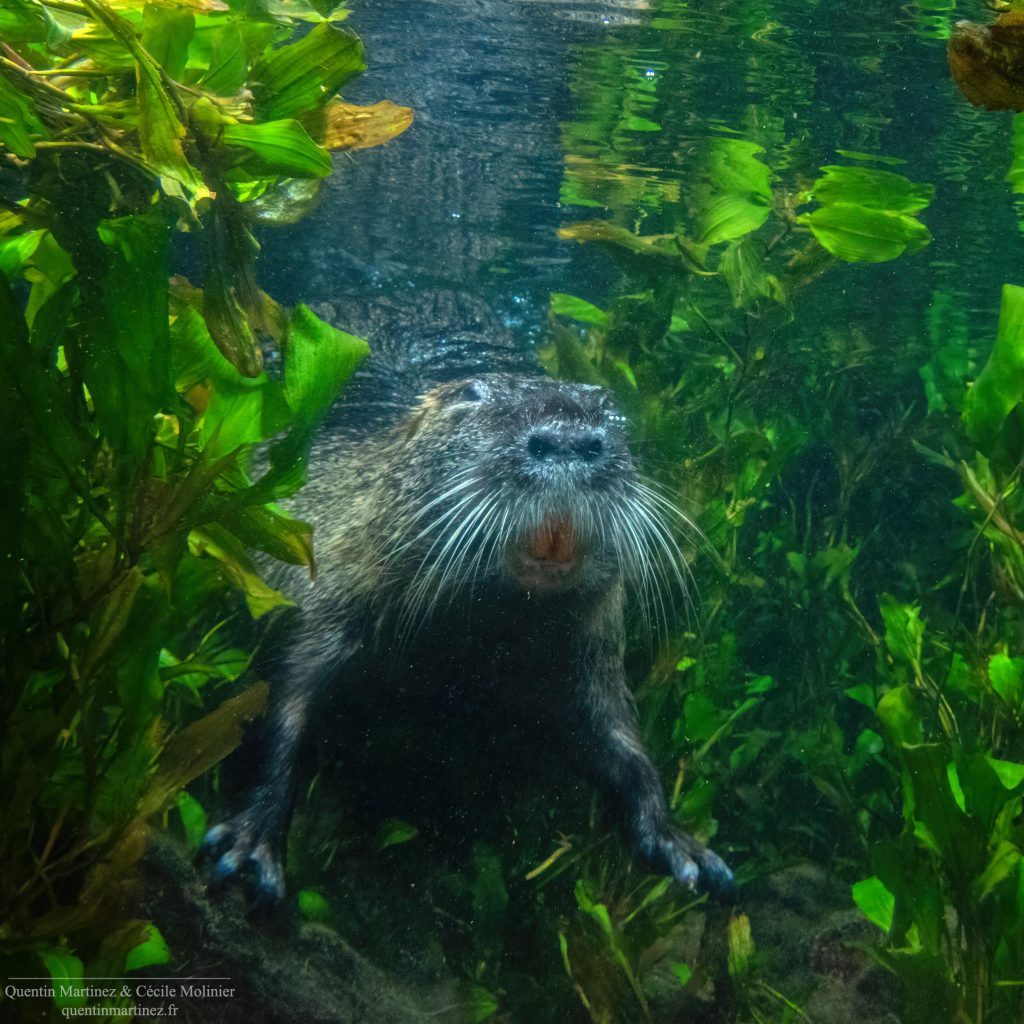Reduction of olfactory capacities in small amphibious mammals

It is well known that fully aquatic mammals have a poorly developed sense of smell, such as whales or manatees. However, the olfactory capacities of amphibious mammals such as beavers, coypus and amphibious shrews remained unknown. The scientists of Montpellier (France) have thus studied the nasal cavity of nearly 200 species of small mammals (including rodents, shrews and tenrecs). They discovered that most of small amphibious mammals had a reduced sense of smell.
Featuring some emblematic animals such as desmans and beavers, these amphibious mammals are extremely diverse with several lineages of rodents, shrews, tenrecs and amphibious moles. They therefore constitute an ideal model for testing the hypothesis of evolutionary convergence.
– The independent acquisition of a trait in phylogenetically distant lineages (= not directly related species) is called convergence. This is for example the case of adaptation to flight between birds and bats, two non-directly related vertebrates. –
The nasal cavity of mammals (including humans) contains bony structures, called turbinals, which help to detect odours. Using advanced technology based on x-ray scanners, french researchers have studied the olfactory capacities of nearly 200 species of these small mammals. The great discovery of this study is to have highlighted the reduction of olfactory capacities, convergently and 17 times, in distinct lineages of small amphibious mammals. Convergence is not rare but such a degree of similarity is exceptional. These results, published in the American journal PNAS, help scientists to change their vision of the concept of convergence.
The explanation could come from a physical constraint. Indeed, smelling is only possible by breathing volatile molecules, but in water this process is complicated (but not impossible!). To address the olfactory reduction, small amphibious mammals have special sensory adaptations such as: aquatic vision, tactile sensitivity thanks to highly efficient whiskers, and electroreception thanks to specific organs.
By studying other structures of the nasal cavity, the researchers also found that all small amphibious mammals have very good heat conservation capacities. This could be an adaptation to their habitat. Indeed, warm organisms lose heat quicker in water than in air due to the high thermal inertia of water.
This long-term study required researchers to visit many European and American museums to study most of the world’s small amphibious mammal species. Only based on museum specimens, this study shows once again the importance of collections and museums for the improvement of our knowledge and the protection of biodiversity.